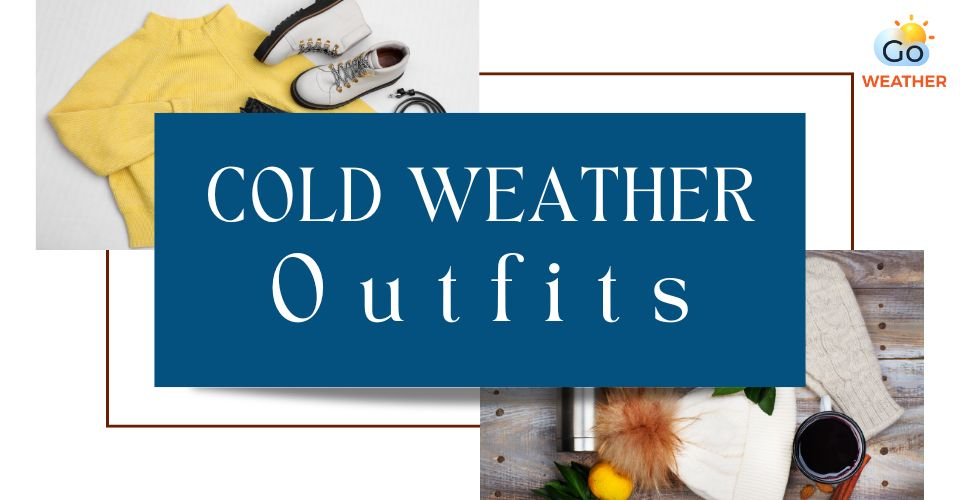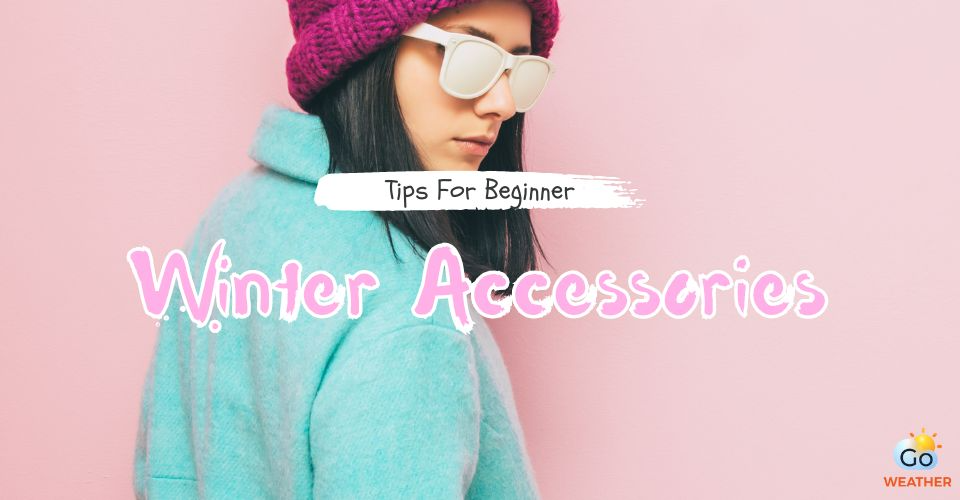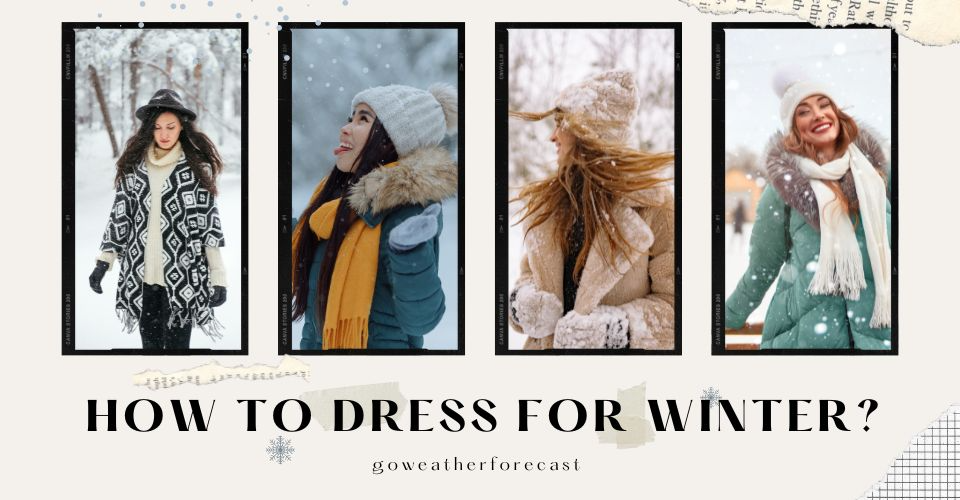How to Choose the Best Shoes for Cold Weather? A Comprehensive Guide
A good pair of winter boots is essential for those living in cold climates. Do you know how to choose the best shoes for cold weather?
Let’s be honest: It’s not easy at all to choose the proper winter boots, even though there are many footwear choices available on the market right now, varying from style to style, brand to brand, price to price, etc.
Check out the article below to know some factors to consider when picking out your next winter boots!
.jpg)
How to choose the best shoes for extreme cold weather?
How to Choose the Best Shoes for Cold Weather?
Your Intended Uses
The first thing you need to do is think about your intended uses. Are you looking for a pair of casual winter boots for everyday wear and light outdoor use or a more backcountry-focused model for winter hiking, snowshoeing, or outdoor work?
Of course, each type of shoes for cold weather and snow has different features. Some tend to be thicker and warmer, with insulation and winter-specific traction.
.jpg)
Your best shoes for cold weather must meet your needs
Warmth
Another important aspect of winter boots is their ability to keep feet warm. Did you know we lose much body heat through our feet, hands, and heads?
There are different temperature ratings for winter boots that can come in 5 types as follows:
-
5°C to -10°C
-
0°C to -20°C
-
-10°C to -25°C
-
-20°C to -40°C
-
-25°C and beyond
While shopping for a new pair of winter boots, the temperature rating is a guideline that helps you pick the right footwear items, especially when you’re struggling to choose between different models.
.jpg)
Check for the temperature rating
However, in addition to shoes’ temperature ratings, you still need to consider many factors, such as your activity level, health condition, sock type and thickness, shoe materials, insulation, the temperature outside, and more.
That means you must also look for other specs, not just the temperature rating.
Insulation
Boots for winter have a wide range of different types of insulation. The most common one is synthetic fill, which comes in names like Thinsulate and PrimaLoft and has a gram rating showing thickness.
For reference, many light and mid-weight boots have 200 to 400 grams of insulation, while true cold-weather boots have up to more than 1,000 grams of insulation with a thicker liner.
Of course, those who spend a lot of time outside often use these true cold-weather boots.
.jpg)
What are the best shoes for winter?
Boot Height
Not only do your boots help keep your feet warm, but they’re also designed to keep ice and snow out. And if you are not using gaiters or pulling snow pants overtop, the height of the boot does matter.
There are two types of boot height measurements: shaft height (the measurement taken from the footbed to the top of the boot) and total height (the measurement taken from the bottom of the outsole to the top of the boot).
Of course, many different boot heights are available on the market these days, from models with 6 - 7 inches in height to ones with up to 15 inches in height, etc.
To choose a good pair of winter boots with the ideal height, you need to consider your intended uses and other factors as well.
.jpg)
Your shoes for winter are designed to keep ice and snow warm
Comfort, Fit & Sizing
Fit is always one of the most important considerations with footwear, including winter boots. A properly sized boot will make you comfortable and pleasant to wear.
It needs to be large enough to accommodate the winter socks you’ll wear most often. Conversely, a too-snug winter boot may inhibit circulation and compromise the shoes' warmth.
To ensure that your winter boots fit your feet well, it’s best to try them on and buy them in person. If you buy them online, research carefully and be prepared to size up.
Weight
.jpg)
You can choose lightweight winter shoes
Furthermore, good shoes for cold weather should support the arch and foot and promote proper walking posture. They should also be appropriate in weight to make you comfortable with every step.
Since some winter boot models may feel heavier and a little bit sluggish when worn, it’s better to check and try on several models to find which one works best for you.
Many winter boots made from more lightweight materials might be better choices for you, especially if you aren’t used to heavy footwear.
Waterproofing
Winter boots are also made to keep your feet dry, as wet feet will likely become cold feet.
Not all winter boots are waterproof, but many models available on the market these days are made of waterproof materials such as Gore-tex or waterproof leather.
Leather, especially when treated with a specialist spray, can offer durable protection and classic looks that last from season to season. Besides, there are also a large number of synthetic alternatives that come with better prices.
.jpg)
Winter boots are also made to keep your feet dry
Traction
Winter boots are made with traction on ice and snow in mind so that you will find various grippy outsoles and tread patterns available.
Snow boots have quite a different lug pattern and rubber compound than their hiking boot cousins.
Interestingly, the compound is softer and doesn’t harden when the temperatures drop, helping it continue to grip well on slick surfaces. Besides, the boots' lug patterns are designed to prevent snow buildup.
Generally speaking, hiking-ready boots have the best traction, while casual models can be more slippy. If you are looking for a winter boot model that does an admirable job of preventing sliding, you should always keep a close eye on the traction.
.jpg)
Tips to choose the best shoes for the winter season
Styling
Along with the above factors, styling is also an important consideration when picking up your best shoes for cold weather. While some people wear winter boots for activities like snowshoeing or hiking, many more use them for day-to-day wear.
Like your cold weather outfits and many cold weather accessories, the styling also matters when it comes to winter boots. The good news is that footwear manufacturers have provided us with many stylish options.
So, don’t forget the styling factor when you choose your winter boots, in which the color, design, materials, and overall look are all important considerations.
|
More to explore:
|
Important Tips When Choosing the Best Shoes for Cold Weather
In this part, we will share a few simple but essential tips on picking up your best shoes for cold weather. Let’s check them out now:
-
Try with socks: Try your winter shoes on with the socks (thin or thick) you want to wear often with your new boots since socks can affect the fit. If you try the shoes on with thicker winter socks but usually wear thinner ones, you will likely find your boots too loose. In contrast, if you try the shoes on with thinner socks but typically wear the thicker ones, you might find them feel a little too tight.
-
Try in the afternoon: If you are trying on winter boots before buying them, you should arrange this for the afternoon (if it’s possible). This is because our feet are likely to be at their largest in the afternoon. Doing this will help you be able to get the size more properly.
.jpg)
You should try the boots on before buying
-
Try on both boots: It seems normal for our feet to be a bit different in size, and that’s why you need to try on both boots to make sure they are comfortable on both feet.
-
Take a walk: Remember to walk around the shop (or around your living room if you try it on at home) to ensure that your boots are easy and comfortable to move around in.
Conclusion
These are factors you should consider when picking up your next winter boots. We also shared some important tips for trying on your best shoes for cold weather. We hope that they are helpful to you!


![10 Proven Tips to Stay Warm in Cold Weather [Winter Safety Guide]](https://admin.goweatherforecast.com/images/1733294342.png)








0 Comments
Leave a Comment
Your email address will not be published. Required fields are marked *